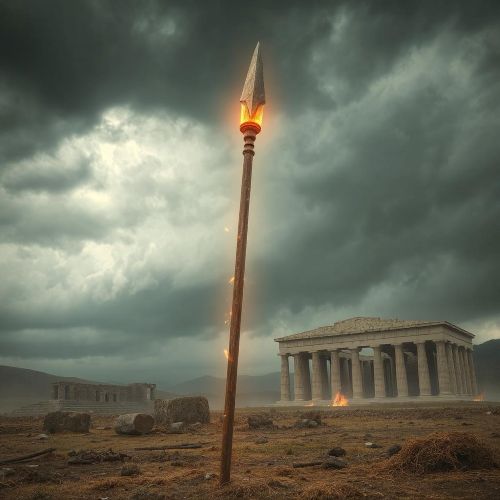Japanese Dragons: Icons of Power, Wisdom, and Nature
Japanese Dragons, or “ryū” (竜 or 龍), soar through Japanese folklore, mythology, and culture. Unlike their fire-breathing Western counterparts, these serpentine beings are revered for their wisdom, strength, and connection to water. This article explores the history, characteristics, and cultural influence of Japanese dragons, unveiling the captivating world of these legendary creatures.
Rooted in Antiquity
The concept of dragons in Japan has deep roots, influenced by Chinese dragon lore but blossoming uniquely. Early mentions appear in the “Kojiki” and “Nihon Shoki,” ancient chronicles brimming with myths. These texts depict dragons as powerful water deities, protectors of rivers, lakes, and seas. The fearsome Yamata no Orochi, an eight-headed and eight-tailed serpent slain by the storm god Susanoo, exemplifies this connection to water and the natural world.
A Multifaceted Creature
Japanese dragons are typically serpentine and wingless, contrasting with Western winged dragons. They possess a blend of features – a snake’s body, eagle’s claws, fish’s scales, and deer’s horns – symbolizing their divine and multifaceted nature.
Key Characteristics
- Masters of Water: Deeply associated with water, these dragons reside in oceans and are revered as water gods, controlling rain and storms. This elemental tie reflects their role in agriculture and human well-being.
- Imperial Emblem: Dragons in Japan symbolize imperial authority and divine right. The emperor was often seen as a descendant of dragons, linking the royal family to these powerful beings. Dragon motifs adorn the imperial throne, the Chrysanthemum Throne, solidifying this connection.
- Wise and Ancient: Japanese dragons embody wisdom and longevity. They are guardians of knowledge and treasures, and encountering one is believed to bring good fortune and enlightenment.
Legends and Myths
Several renowned dragons populate Japanese mythology:
- Ryūjin, the Dragon King: This prominent figure lives in an undersea palace and controls the tides. Often associated with the imperial family, Ryūjin can transform into a human and has bestowed miraculous gifts upon Japan.
- Yamata no Orochi: This eight-headed terror was vanquished by Susanoo. The myth highlights heroism and divine intervention, with Susanoo’s victory leading to the discovery of a sacred sword.
- Kiyohime’s Transformation: Though not a traditional dragon, Kiyohime transforms into a serpent due to love and jealousy. Her tragic tale reflects the transformative power of emotions in Japanese mythology.
A Dragon’s Influence
The influence of Japanese dragons extends beyond myths. They are a common motif in traditional paintings, sculptures, and architecture, adorning temples, shrines, and gardens, symbolizing protection and spiritual power.
- Art and Literature: Dragons grace intricate ink paintings, woodblock prints, and classical poetry, often depicted as symbols of mystery and the natural world.
- Festivals and Rituals: Japanese dragons are celebrated in festivals like the Dragon Boat Festival, a time to honor water deities and ensure good harvests.
- Modern Inspirations: Even today, dragons inspire popular culture, appearing in anime, manga, and video games, showcasing their enduring appeal.
A Legacy That Endures
Japanese dragons represent a rich tapestry of cultural, spiritual, and artistic significance. Their portrayal as benevolent water deities and symbols of imperial power sets them apart. By exploring their origins, characteristics, and cultural impact, we gain a deeper appreciation for their role in shaping Japanese identity and heritage.
From ancient myths to modern creations, Japanese dragons continue to enthrall and inspire. Their legendary allure transcends time, proving the enduring power of myth and the human imagination.






